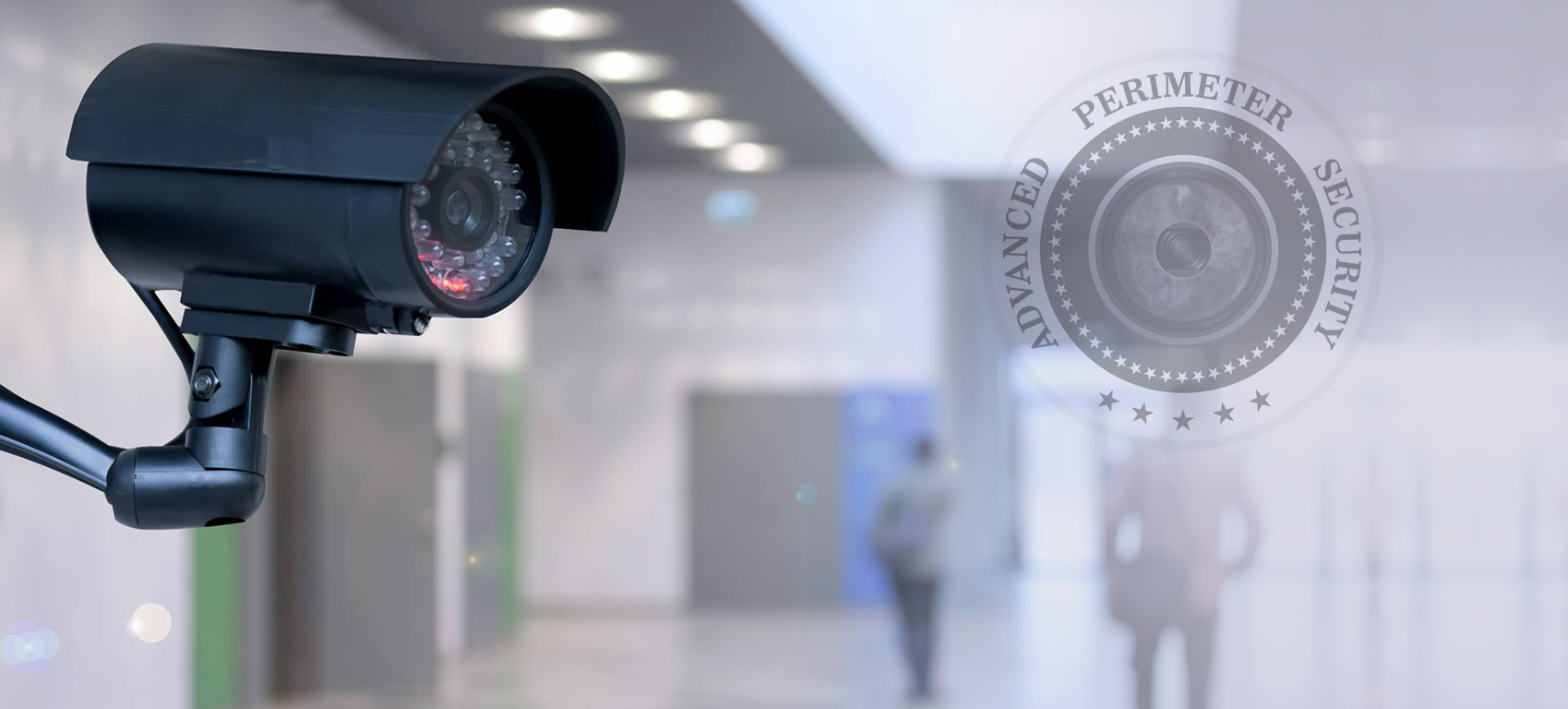Aviation’s Security
Aviation Security Overview:
In recent years there is constant international yearly growth of 5-6% in passenger’s traffic and cargo traffic’s growth reaches almost the same level.
Air traffic became more accessible mainly due to the low cost tendencies which decreases airfare while increasing the competition and influencing the organizations, cost structures and efficiency of airlines, airports and aircrafts.
The aforementioned competition requires constant improvement, diversification and varied services, with changing destinations and possibilities for its customers.
Simultaneously there is a large scale growth in terror threats, specifically targeting civil aviation, as its main goal.
2016 was a peak year in terms of the number of terror events at airports and against airlines.
In 2017 these threats continued, however, the improvement of intelligence and security measures taking precautions by the applicable authorities reduced the exposure.
During 2017, accurate intelligence indicated new methods of terror including the intentions to conceal explosives in laptops and other electronic appliances in order to blow up aircrafts taking off from Middle East airports traveling to the U.S.
In another event in Australia, terrorists planned to disperse gas inside the aircrafts while in midair.
Terrorists aims to kill and harm as many innocent civilians as possible in one incident, identifying the aviation and especially commercial flights as an attractive and easy target that serves its distorted ideology.
The commercial aviation industry environment currently is very challenging and demanding. Commercial considerations, operational pressures and passenger satisfaction standards on one hand and the challenging mission to trace a small quantity of explosive or weapon which can be concealed in large variety of items in numerous methods on the other hand, requires expertise of experienced professionals who plan the optimal solution and manage the Risks. integrated with cutting edge technology and advanced training methods.
Simultaneously, terrorists study and analyze the Airports Security Arrays weakness in order to bypass the Authority’s security precautions .The Terrorists Continue to develop explosives, devices and hosts parallel to several new modes of actions such as using Drones, MANPADS or Cyber-attacks.
An attack against the civil aviation causes dramatic consequences. For example loss of human life, damage to their image, economic impact can cause a deathblow to the aviation industry as has happened in the past.
Israel has been coping with aviation’s terror since the end of the sixties in the last Century to date!
The Terror Organizations hijacked and tried to blow up Israeli Aircrafts in different ways.
During the last 50 years the Israeli Security & Intelligence Agencies have developed Concepts, Methods, Training, Technology and Equipment to cope with these Threats.
The Solution Principles:
Nir brings the unique Israeli point of view based on 50 years of experience coping with the Aviation’s Terror:
- Expertise in comprehensive Security Concept deals that includes everything from contact with the Aircraft by different levels of security based on MLP (Multi Layers Protection). Security Plans, Instruction Programs and Training Methods for Airports and Airlines Security Array
- Knowledge and operational experience with technological products and intelligence & Cyber systems existing in the world, designated to secure the airports, aircrafts, and security checks for passengers, luggage and cargo.
- Cooperation with Governmental agencies, official Authorities and regulators, as well as within commercial airlines and private owned airports gives thorough and up-to-date dual points of view and understanding of the aviation industry in a diverse range of cultures and environments.
- The possibility to see both the attacker perspective in addition to the defender point of view.
- Deep understanding of the threats, their ramifications on one hand and risk management, optimal solutions bearing in mind the commercial environment with budget limitation on the other hand.
The Solution’s Components:
- Expertise and consulting:
- Intelligence & Threats Assessment;
- Operational & Technological Survey;
- Recommendations & Conceptual and General Security Plan;
- Detailed Security Plan;
- Inspection and Drills;
- Writing the Operational concept and the Procedures;
- Providing the Suitable advanced Technology
Plan the Security Systems in all layers and levels of the Airport:
- The Intelligence circle
- The external circle;
- The perimeter circle;
- The internal circle;
- The inspection circle which is including the security checks for passengers, luggage and cargo.
- On board Security Systems
- H.R. & Training:
- Recruiting;
- Security Vetting;
- Training: Security Officers special Programs (armed, unarmed),Sky marshals, Technology & Control room Operators;
- Strengthening of the Human Factor.
- Intention Detection – preliminary review, profiling.
Nir Regev
Nir Regev is an Aviation Security Expert.
Until recently he was the Director of the HLS Division in IMI (Israel Military Industries) Systems and the Chairman of IMI Anti-Terror & Security Academy, established and led this business unit.
Prior to that, he was the former Israeli Security Agency (ISA)executive and served as Director of the Security Subdivision which handles, among others, the Israeli Aviation Security in Israel and abroad.
In addition, he was the Director of El Al (Israel Airlines) Security Division, which provides Security Services for all Israeli Carriers.
Nir has extensive leadership experience in Aviation Security for Airlines and Airport Operations and has provided guidance and coordination of aviation security policy on national and international levels for over 20 years, on the ground and H.Q. positions, Tactical and Strategical levels.
Nir brings the unique Israeli point of view based on 50 years of experience coping with the Aviation’s Terror.




